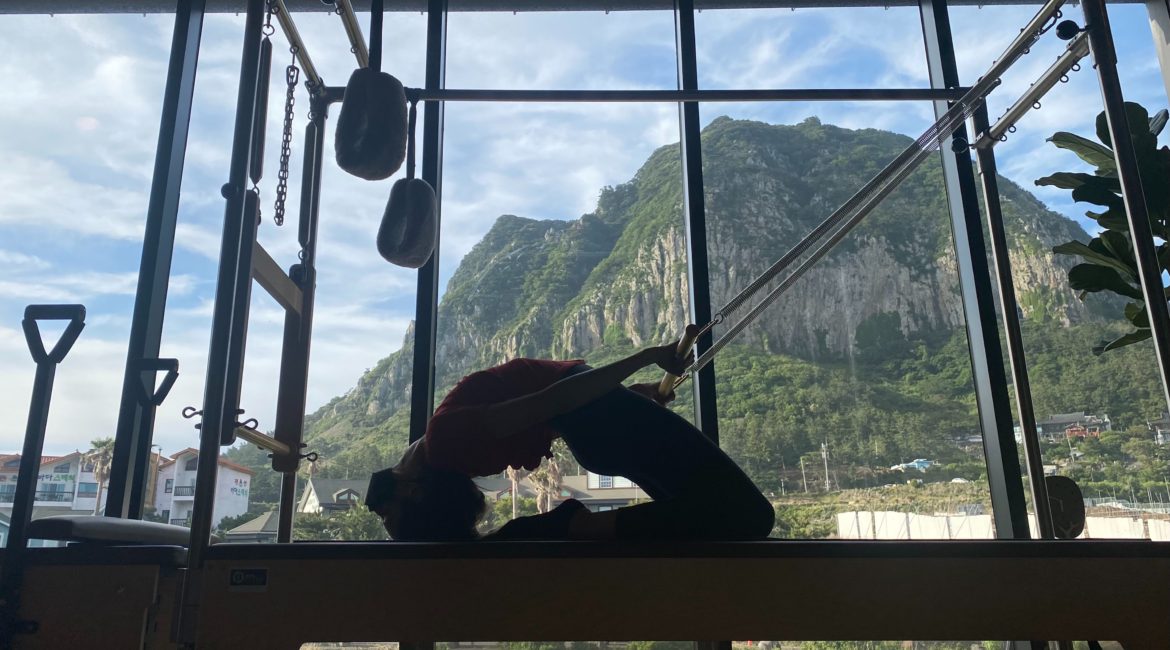Pilates has been around since the 1920s but it has never been more popular than it is today. And with good reason. Created by trainer Joseph Pilates, it has become a worldwide phenomenon. Originally developed as a method of helping students develop greater muscle control and body awareness, modern Pilates does that and more.
Unfortunately, Pilates also comes with quite a bit of stigma. Often viewed as a workout that is only accessible to those with wealth, many dismiss it outright. There’s also a bit of discrimination, with many men viewing pilates as a less effective way of developing muscle.
Here at Well Citizen, we are here to dispel those myths, and give you the facts as to how pilates can bring huge health benefits to your daily life.
What is Pilates?
Pilates is an exercise technique that focuses on using isolated, controlled movements to build muscle and increase flexibility and mobility. It has some overlap with yoga practices, in the sense that it focuses on breathing, mindfulness, and body awareness. That being said, for many people, yoga is widely regarded as a spiritual practice, whereas pilates is most definitely a workout.
Pilates puts special emphasis on core work, referring to the core as the “powerhouse,” of the body.
What are the benefits of Pilates?
Pilates’ emphasis on core work and body alignment has a number of physical benefits. Most notably, people who regularly practice report a huge improvement in their posture. These posture changes often lead to reduced back, neck, and shoulder pain.
Pilates is also an excellent tool in injury prevention, as it increases flexibility and mobility. It improves dynamic strength, which helps support and strengthen joints for safer movement. Additionally, it also increases balance, making it a great supplementary exercise form for dancers, gymnasts, figure skaters, and other athletes.
Pilates is a relatively low-impact form of exercise, meaning there is less recovery time needed. This makes it a great workout to incorporate into your daily routine.
What are the different types of Pilates?
As Pilates has grown in popularity over the years, a variety of new methods and techniques have sprung up. There are now pilates classes suitable for almost everyone, regardless of your fitness level or goals.
Traditional, or mat pilates, is one of the most accessible forms. This version relies on the use of bodyweight to build strength. While you can certainly find mat pilates classes, there are also numerous online options for those who prefer at-home workouts.
These days, we are seeing more and more pilates studios pop up that focus on reformer pilates. Reformer Pilates uses a machine called a reformer, which allows the user to up resistance by using weights. This is a more intense, muscle-building form of pilates than mat pilates. That said, many people enjoy practicing reformer pilates as a form of injury recovery, as you do not need to bear weight to see great results.
Is Pilates Right For Me?
The short answer? Yes!
Pilates is unique in the sense that it is a form of exercise that is really accessible to people at all stages in their life and fitness journey. It is hugely adaptable and has a focus on the individual needs of your body.
Still nervous about trying it out? We recommend visiting a local pilates studio near you. A qualified instructor can help you create a plan that will best support your goals.
Have you tried Pilates? Let us know in the comments below how it worked for you!






